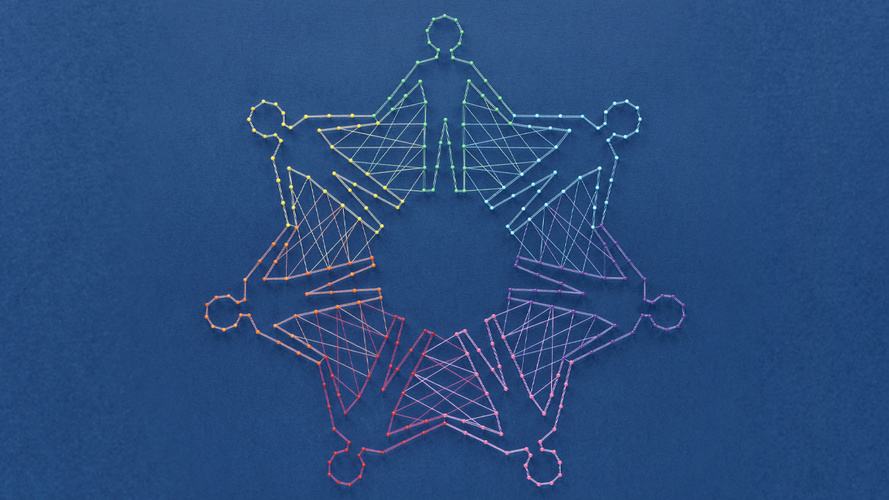
Choose a channel
Check out the different Progress in Mind content channels.

Progress in Mind

WHO global initiatives and national treatment pathways are key to reducing the huge burden that neurological disorders pose for patients and society. Worldwide, neurological diseases are the leading cause of disability-adjusted life years and this burden is continuing to rise, explained Ettore Beghi (Instituto Mario Negri IRCCS, Italy), describing results from the Global Burden of Disease Study 2016 on neurological disorders1 during a special session at EAN 2020.
Globally, stroke, migraine and dementia are the largest causes of neurological disability‑adjusted life years (DALYs)1. DALYs for a disease or health condition are calculated as the sum of the Years of Life Lost (YLL) due to premature mortality in the population and the Years Lost due to Disability (YLD) for people living with the health condition or its consequences2. Lars Stovner (Norwegian University of Science and Technology, Trondheim, Norway) explained the significant contribution of headaches to this disease burden, despite rarely causing premature mortality or YLL. Present in younger/middle age groups, headaches have a profound impact on YLD. Migraine is the leading cause of disability in under 50s3. This carries a significant economic cost, estimated to be 111 billion euros annually in the European Union4, largely due to work absence and reduced productivity.
Stroke, migraine and dementia are the largest causes of neurological DALYs
The burden of neurological disease is undeniable, but treatment gaps still exist despite the availability of effective treatments, explained Devora Kestel (Department of Mental Health and Substance Use, World Health Organization [WHO]), with inequalities between countries in access to services and support5.
Treatment gaps still exist despite the availability of effective treatments
Worldwide, there needs to be an integrated approach to brain health across the life course, stressed Dr Kestel, who heads the WHO Brain Health Unit. Recent WHO initiatives for promoting brain health include a ‘Global Action Plan on the Public Health Response to Dementia’6. Alla Guekht (Moscow Research and Clincal Center for Neuropsychiatry, Russia) also discussed the importance of the recent WHO report ‘Epilepsy: a public health imperative’7.
Integrated approach to brain health across the life course
At a national level, treatment pathways such as structured headache services are needed, proposed Dr Stovner. This top to bottom approach includes making politicians aware of the burden of disease and potential for cost saving, offering education and management guidelines to healthcare professionals and pharmacists, and supporting patients in better self‑care and use of over‑the‑counter medications.
Top to bottom approach includes supporting patients in better self-care
Increased awareness of the interaction between neurological diseases also requires a joined up approach. David Tanne (Stroke and Cognition Institute, Israel) described the links between dementia and stroke, with even small subcortical infarcts having the potential to lead to secondary neurodegeneration8. The Berlin Manifesto put forward by the World Stroke Organization proposes that 35% of dementias and 90% of strokes have modifiable risk factors, and over one third of dementia cases could be preventable by preventing stroke9. For the individual patient, modifying lifestyle factors and addressing comorbidities are crucial.
Our correspondent’s highlights from the symposium are meant as a fair representation of the scientific content presented. The views and opinions expressed on this page do not necessarily reflect those of Lundbeck.
1. GBD 2016 Neurology Collaborators. Lancet Neurol 2019;18:459-80.
2. who.int/healthinfo/global_burden_disease/metrics_daly/en/
3. Steiner TJ, et al. J Headache Pain 2018;19:17.
4. Linde M et al. Eur J Neurol 2012;19:703-11.
5. who.int/mental_health/neurology/epidemiology/en/
6. who.int/mental_health/neurology/dementia/action_plan_2017_2025/en/
7. who.int/mental_health/neurology/epilepsy/report_2019/en/
8. Lotan E, et al. Neurology 2019;92:e567-e575.
9. Hachinski V, et al. Int J Stroke 2019;1747493019871915. Online ahead of print.